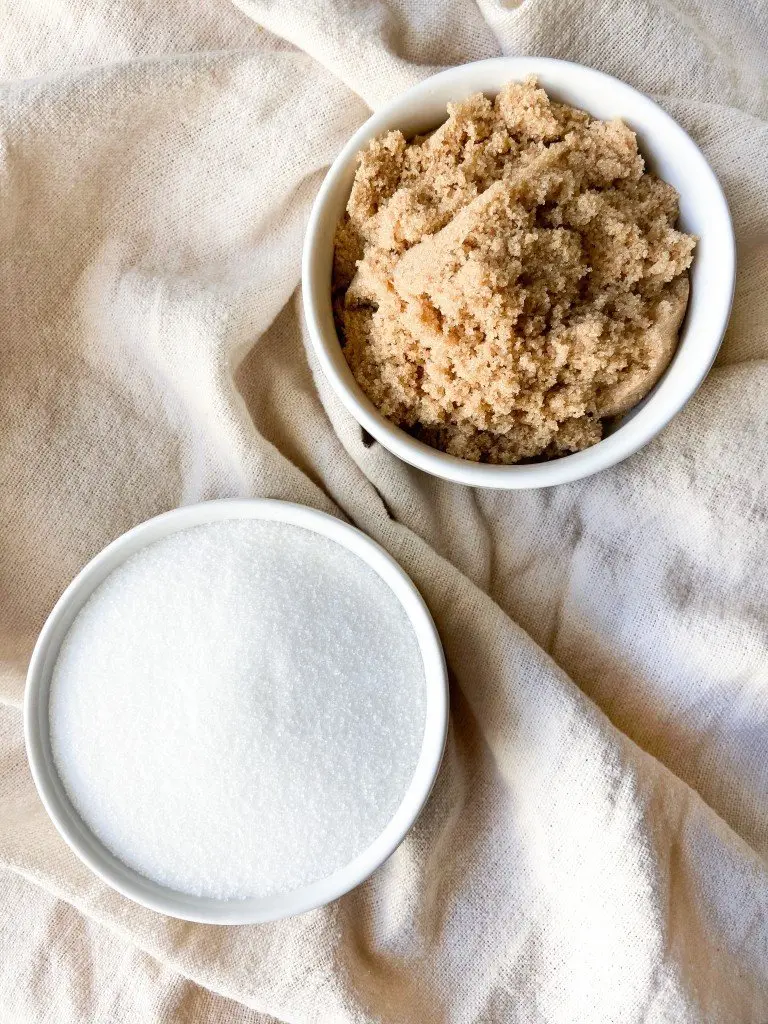
While sugar comes in many forms, the most common sugar used in baking is brown and white sugar, which are widely available. While both sugars are derived from the same plant sources, they hold distinct differences in flavor, texture, and color. But, what sets these two sugars apart? Is there a difference between brown sugar and white sugar in baking? If so, how do these differences translate into your final product or baked good? Read more to find out.
What is Sugar?
Simply put, sugar is a type of carbohydrate that occurs naturally and an ingredient in many foods. The sugar we associate with the food we eat is often referred to as "sucrose," and contains two sugars known as "fructose" and "glucose." Fructose and glucose are found naturally in honey, sugarcane, sugar beet, fruits, and vegetables.
So many foods we enjoy contain sugar. For example, fruit, ice cream, candy, pastries, and so much more. Undeniably, what we enjoy most about sugar is its sweetness; however, sugar plays other vital roles in the cooking process. Besides its flavor, sugar can also impact the texture of baked goods. For example, it can affect the moistness of a slice of cake or the crispiness of a perfectly baked golden-brown cookie.
The most common sugars we use today are produced from either sugarcane or sugar beet plants. This includes both white sugar and brown sugar.
Are Brown and White Sugar Processed Differently?
In short, the difference between white and brown sugar comes down to how each are processed. For both brown and white sugar, the process starts with extracting the sugar. Specifically, before the sugar becomes either white or brown, it is extracted from crops, such as sugarcane or sugar-beets, in liquid form.
Next, the purified liquid sugar is heated. The heating process creates a brown concentrated syrup. This syrup is called molasses. Then, the sugar undergoes a process known as "crystallization," evaporating the molasses until it is saturated with sugar. The sugar then goes through a centrifuge, a fast-spinning machine that further separates the sugar crystals from the molasses. At this point, the processing varies between the two sugars and makes them separate from each other.
Processing White Sugar
White sugar is further purified, processed, and refined into finer crystals. Any excess remnants of molasses are removed, eventually turning into the white sugar we are familiar with and see on store shelves.
Processing Brown Sugar
Brown sugar is processed considerably less than white sugar and retains some of its natural brown color from the molasses. A small portion of molasses, about five percent, is then added back to the processed sugar to create brown sugar. This is exactly the reason why brown sugar has its darker color and caramel like flavor. It is naturally darker from the addition of the molasses.
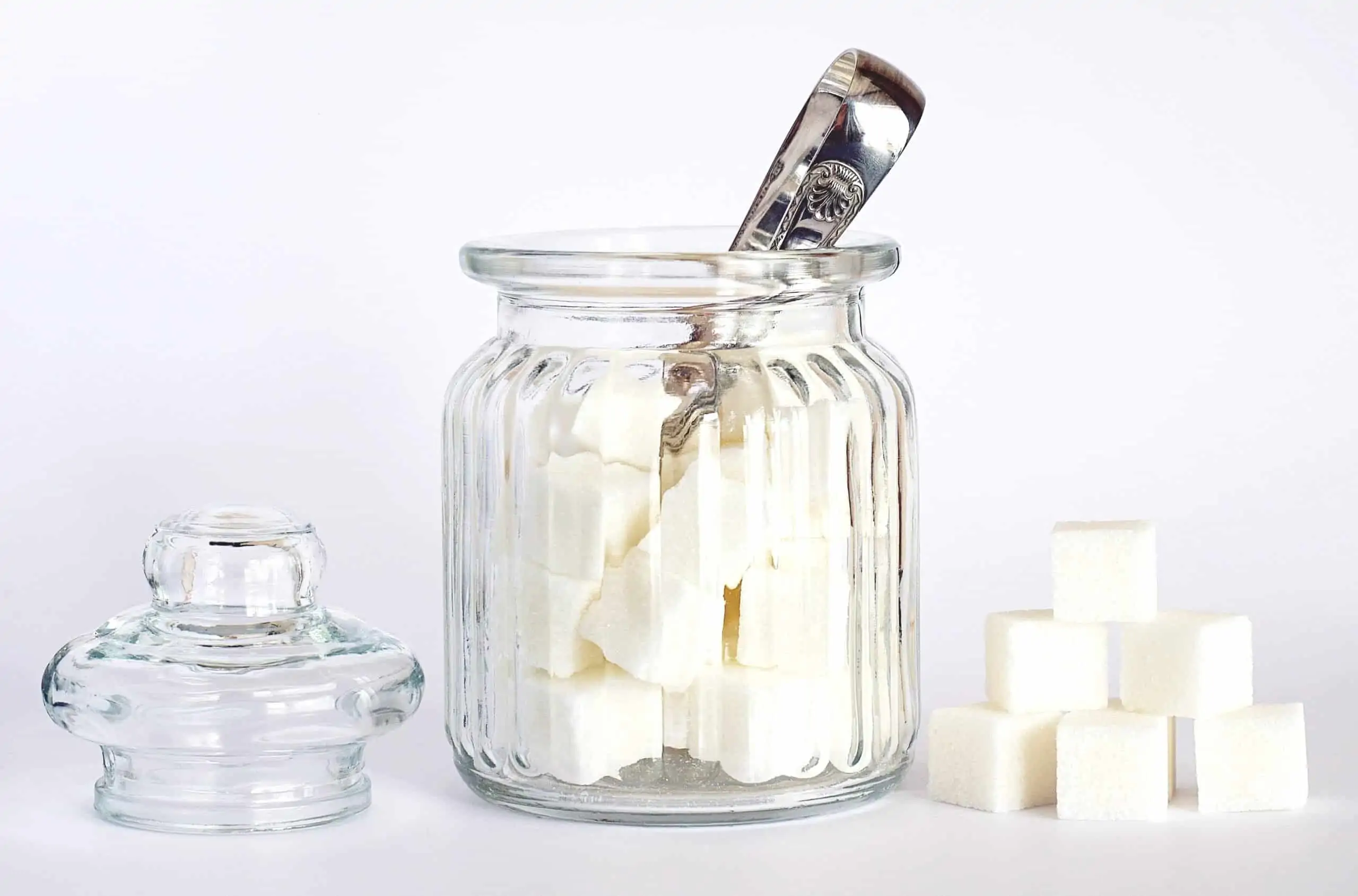
Difference Between Brown and White Sugar in Baking
While both sugars go through a similar production process, they hold distinct differences in texture and flavor. As explained above, white and brown sugar only become distinguishable due to the additional processing steps brown sugar goes through. But, while brown and white sugars share many similarities, they also share several key and distinct differences.
Each sugar holds a slightly different molecular composition. Thus, they will react with the other ingredients in a recipe differently. Keep this in mind, especially with the spread and rise that's necessary in recipes. Also, that the resulting texture and color of the final product may vary.
White Sugar in Baking
White sugar is slightly sweeter than brown sugar. It has more refined granules and an overall sweeter taste because the lightly bitter molasses has been removed.
White sugar has a more pronounced reaction to leavening (rising) and spreading. It is great in items that need to rise such as meringue, sponge cakes, or soufflés.
Brown Sugar in Baking
The additional molasses added in the processing of brown sugar gives it a slightly higher liquid content. With its higher liquid content, from the added molasses, brown sugar will result in moist and dense baked goods. It's great for quick bread and cookies.
This additional liquid gives brown sugar a soft, slightly clumpy texture. This is exactly why recipes require “packed” brown sugar. In addition to the molasses affecting the overall texture of brown sugar, it reduces the sweetness slightly as well. It has a richer flavor, almost like caramel.
Although Brown sugar is known to contain more nutrients and minerals, such as calcium, iron, and potassium, this difference is small. Thus, the nutritional differences between brown and white sugar are insignificant.
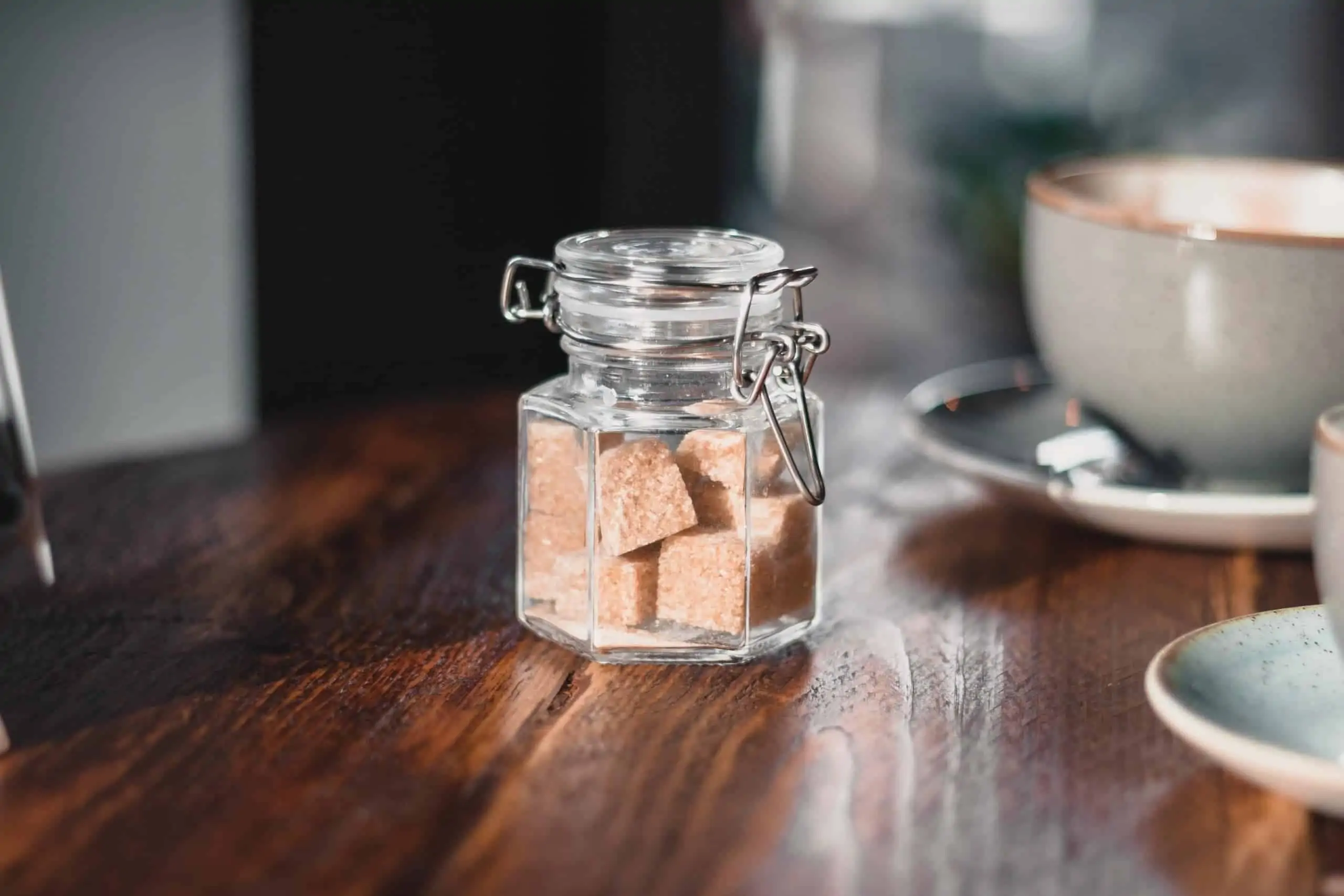
Bottom Line
Though derived from the same sources, white and brown sugars are different in flavor, texture, and color. While they can be used interchangeably, recipe adjustments may be needed to compensate for the subtle differences in composition. Both sugars are widely available.
Indeed, the differences between white and brown sugar are why certain recipes may use one or the other. To test your newfound knowledge of the difference between white and brown sugar in baking, try out one of these recipes.
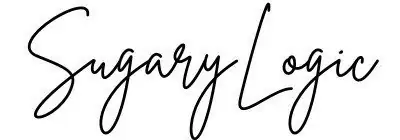

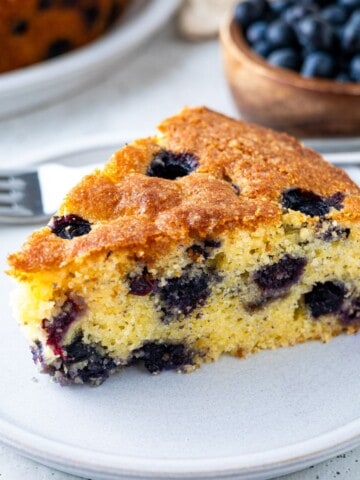
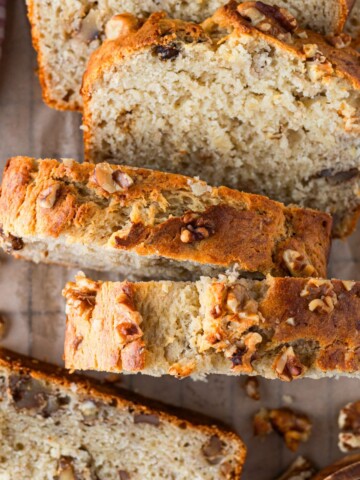
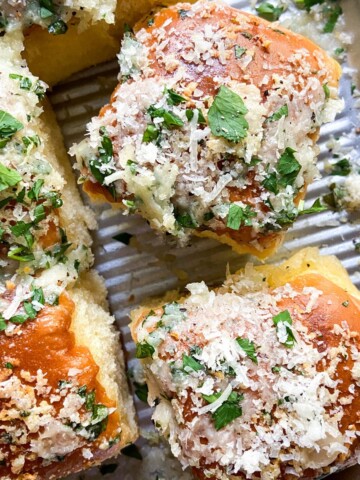
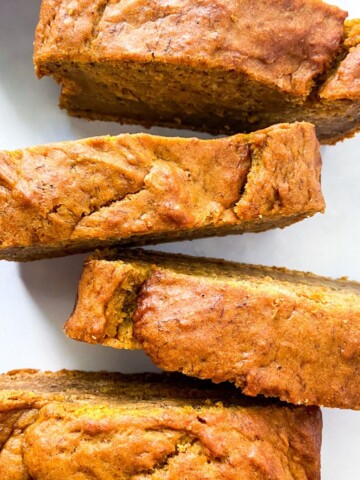
Comments
No Comments